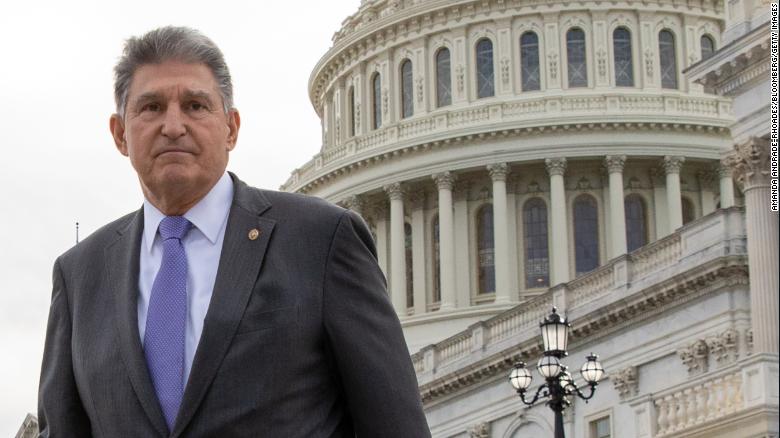Democratic Sen. Joe Manchin of West Virginia is one of the most powerful men in Washington. With Democrats holding a one-vote majority in the Senate (thanks to Vice President Kamala Harris casting any tie-breaking vote), he can make or break a lot of bills for them.
Manchin’s moderate record, however, has left at least some progressive groups angry. They’re threatening a primary challenge to Manchin, who isn’t up for reelection until 2024.
Progressives should realize that Manchin is an electoral miracle of sorts. He’s somehow still in Congress when other Democrats who come from districts and states with similar electoral leans either retired or were beaten. Moreover, Manchin votes about as often with the party as you’d expect given the state he is from.
Manchin was reelected in 2018 by 3 points. He did so in a year in which no other West Virginia Democrat running for Congress came within 10 points of winning, and the Democrats running for the House in West Virginia lost by a combined 18 points to the Republicans.
If anything, Manchin’s case has become even stronger over the last two years. Without him, there would be no Democratic majority. The elections since then prove how monumental his victory was. Manchin’s an invaluable member of the Democratic coalition, whether progressives like it or not.
In 2020, West Virginia’s Republican Sen. Shelly Moore Capito beat progressive Democrat Paula Jean Swearengin by 43 points. This occurred as the remaining elected Democratic statewide office holders in West Virginia, besides Manchin, were not elected to another term.
Manchin, unlike these other Democrats, managed to survive in a state that is the second most Republican in the nation by presidential vote. Donald Trump won it by 39 points in 2020 and by 42 points in 2016.
There simply aren’t any Democrats in the Senate or House who represent places that are anywhere close to as Republican-leaning.
The only other Democrat in either the House or the Senate who represents a place where Trump won by more than 15 points in 2020 is Montana’s Sen. Jon Tester. Montana, though, is on another electoral planet. Trump won it by 16 points, not 39 points.
The Democrats who were in places anywhere close to as red as West Virginia all lost during Trump’s term. North Dakota’s Heidi Heitkamp (where Trump won by 33 points in 2020) lost her reelection bid by 11 points in 2018. Minnesota’s Rep. Collin Peterson represented a district where Trump won by 29 points in November. Peterson lost reelection in 2020 by nearly 14 points.
Indeed, even if we broaden it out to be more inclusive to Democrats who represented places where Trump won by 10 points or more, they’re all pretty much gone.
Although 2020 results by congressional district have not been finalized, Maine’s Rep. Jared Golden looks like the Democrat to represent the most pro-Trump seat in the House. Trump won Golden’s district (Maine’s 2nd District) by less than 8 points.
Simply put, the stats make it clear that the chance another Democrat could win in a district or state anywhere near as red as West Virginia is basically nil.
But perhaps what’s most bizarre about progressives upset with Manchin is that the average Democrat to represent West Virginia likely wouldn’t be any more liberal.
Over the course of the Trump administration, Manchin voted with Trump 50% of the time. I looked at all the Democrats who represented states or districts Trump won in 2016, how much Trump won the state or district by and then projected out how often we’d expect Manchin to vote with Trump given the electoral lean of West Virginia.
The average Democratic senator from West Virginia should have voted with Trump 49% of the time. In other words, Manchin was about as anti-Trump as you’d think he’d be based on how other red state or district Democrats were during the same period.
Other red state Democratic senators such as Heitkamp, Joe Donnelly of Indiana and Claire McCaskill of Missouri voted with Trump between 45% and 55% of the time as well before losing reelection in 2018.
And if Manchin were replaced by a Republican, FiveThirtyEight estimates the average senator from West Virginia would have voted with Trump 89% of the time.
Progressives being upset with Manchin is nothing new. The aforementioned Swearengin tried to primary challenge him in 2018. In the lead-up to that challenge, I noted in 2017 many similar statistics that I did here (e.g. West Virginia is a very red state and Manchin votes with Democrats about as often as he’d be expected to based on that fact).
The only real difference between 2017 and now is that Manchin is the only thing standing between a Democratic minority and a Democratic majority.
>>>>
